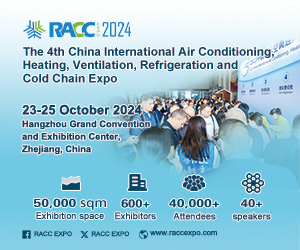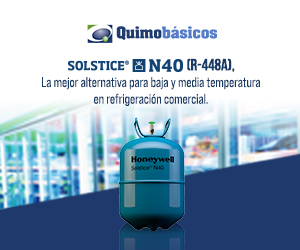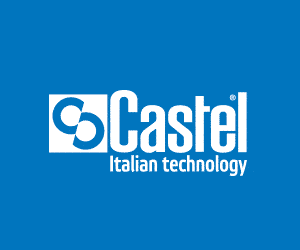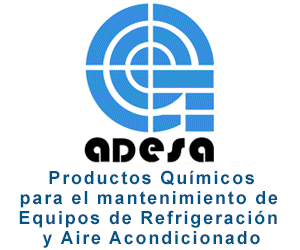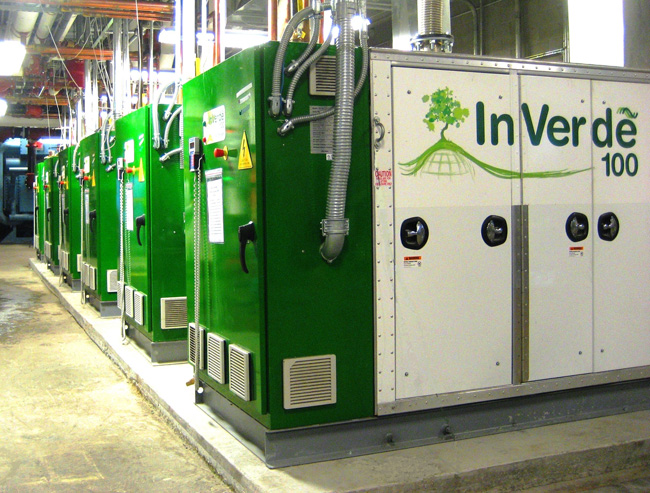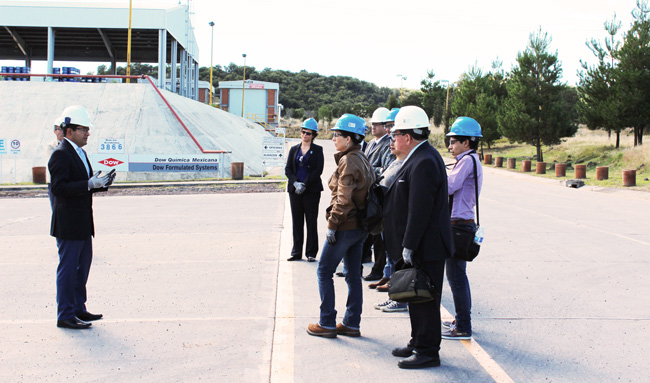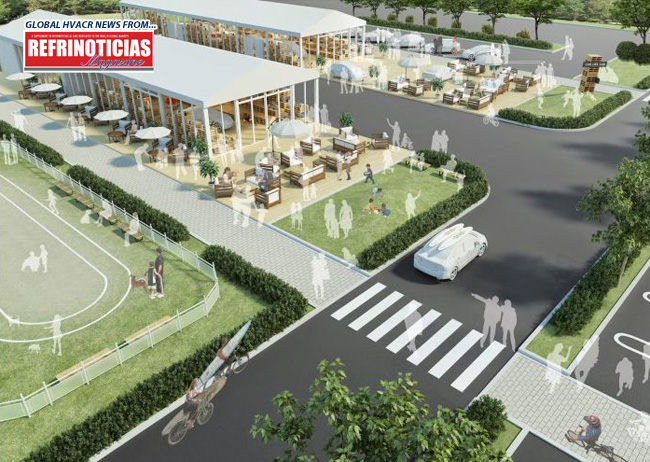
The global construction industry has experienced a shift in recent years, having embraced the necessity of factoring environmental circumstances into the development of modern building standards.
Key to this transformation has been the establishment and widespread adoption of trustworthy and transparent ratings and certification systems for green buildings. BREEAM (established in the UK in 1990), LEED (established in the US in 1998) and Green Star (established in Australia in 2003) are prime examples of green building ratings and indexes that have sprung up over the past two decades, and that have since grown in international influence.
A benchmark for Asia’s green building revolution
As one of the major market players in the home furnishings industry with a strong focus on energy efficiency, Panasonic has kept a close eye on how green rating indexes have played – and will continue to play – a critical role in the robust growth of green buildings in Asia.
A quick but not exhaustive list of the significant advantages of green building ratings systems include:
- Production of standards and guidelines in order to advise and educate professionals in the built environment industry.
- Having a third-party certification, which includes passing a rigorous commissioning process, ensures transparency, trustworthiness and consistency.
- Offers compelling proof to all clients, competitors and the general public that a developer has achieved the environmental goals they committed to, and that the building is performing as it was designed.
- Allows property developers to take advantage of government incentives and subsidies aimed at conserving resources.
- Reduces the environmental impact as well as operating costs.
- Being certified gives a company a marketing advantage as a responsible and forward-thinking industry player.
A 2014 BCI Asia survey, which received responses from 523 developers, architects, engineers and other contractors across Southeast Asia, reported that 46 per cent of respondents had received official green building certification for one or more of their construction projects. (Of those, about a third stated they had their ventures registered with Singapore-based «Green Mark».)
Additionally, 79 per cent of respondents indicated they were «somewhat likely» or «very likely» to pursue certification in the future. The trend in adopting green rating systems, then, is very clearly here to stay.
Implementing a wide-scale ratings system
One of the key concerns when applying green building ratings and indexes is whether to adopt an already existing system, such as Japan’s CASBEE or Singapore’s BCA Green Mark, or to tailor a program that’s localised to a specific country.
Without a doubt, there are great advantages to conforming to an existing label with preset metrics, policies and a widely recognisable brand, especially for developing countries. Wholesale adoption of a system that works well in a developed country will represent huge savings on time and labour spent on research, development and marketing.
However, there are also significant advantages to developing a localised rating system that is designed for a specific region. Most importantly, a localised system will be able to take into consideration the conditions on the ground, such as differences in environmental factors, technical constraints and policy objectives in a particular area.
Kinya Yamada, PanaHome’s Leader in Planning & Management, offered his opinion: «Green rating tools are not one-size-fits-all. Different countries have vastly different climatic pressures and socio-political terrains, and thus inherently different limitations and objectives. You cannot apply metrics across borders and expect to achieve the same effect.»
He also pointed to Panasonic Japan’s Fujisawa Sustainable Smart Town as an example of a concept that can be applied in eco-developed countries while adapting to localised green rating guides.
«Fujisawa SST’s primary focus is its infrastructure, which takes into account aspects such as energy efficiency, mobility and community, and develops processes which are based on actual lifestyles. A sustainable town that enables its residents to have a comfortable, eco-friendly yet secure lifestyle integrates realistic goals with a willingness to cooperate with what nature has given you. In this way, the Smart Town concept is able to target the dimensions of environmental, social as well as economic sustainability», said Yamada.
When asked about the importance ensuring PanaHome developments abide by sustainability indexes, Yamada said that all of the PanaHome’s domestic detached houses are evaluated voluntarily by an official member of CASBEE. Three PanaHome models have also obtained the certification of «LCCM houses» that are recognised and evaluated by the Institute for Building Environment and Energy Conservation in Japan.
An achievable greener future
As technological breakthroughs, shifting economic needs and urban growth continues to define the future of the built environment in Asia, policymakers and industry players must come together to create new, feasible frameworks tailored for green building planning in specific regions.
Only then can companies, through careful navigation of technological risks, seize the opportunities to further expand the development of sustainable cities.
With information by: Panasonic Corporation




